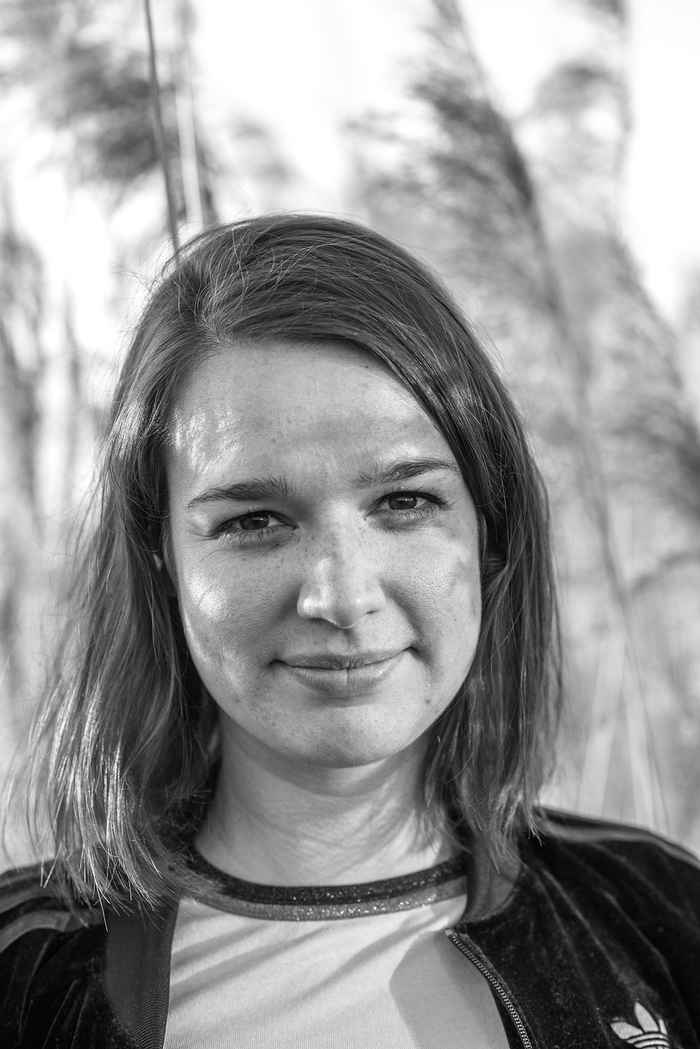Tessel Bouwens
Visit: Two Months

Unraveling the kinetics of the ring launching solar cell
Harnessing solar energy under diffuse light conditions is a challenge that can be addressed with molecular based devices, such as dye-sensitized solar cells (DSSCs). Efficiencies of p-type DSSCs remain low due to fast electron–hole recombination at the dye–semiconductor interface. Recently, I reported a supramolecular strategy to reconcile this recombination issue, using a pseudorotaxane-based DSSC featuring a photoswitchable redox mediator. Pseudorotaxane-based DSSCs demonstrate an improved power conversion efficiency (PCE) compared to DSSCs lacking a photoswitchable component, attributed to the preorganization of dye and redox mediator through pseudorotaxane formation. We surmise that after photoinduced electron transfer from dye-to-ring, the reduced ring launches away from the semiconductor–dye interface, reducing back electron transfer (i.e. recombination) by increasing the electron–hole separation distance. There are very few facilities in the world that can measure such systems and quantification of the kinetics of this system is of critical importance understand this ring launching concept. The goal of this visit is to investigate the electron transfer kinetics in pseudorotaxane- based DSSCs by time-resolved infrared spectroscopy (TR–IR) at nanosecond (ns) and picosecond timescales (ps) with this technique pioneered by Gibson and Towrie. Time resolved spectrophotometric measurements of optoelectronic devices like DSSCs featuring several interfaces are extremely challenging. The unique expertise and infrastructure of the Gibson and Towrie labs on TR spectroscopy of related NiO-dye systems are critical in achieving my greater research goals in fully understanding charge transfer within the pseudorotaxane-DSSC.